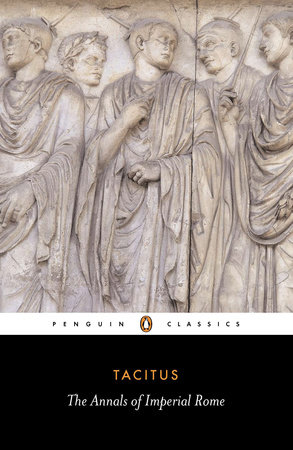



Over a couple of hundred inscribed ogham stones still exist, mostly in the south-west of Ireland, but they are to be found sporadically wherever the Irish Celt planted his colonies in Scotland, Wales, Devonshire, and even further East.Įarliest Manuscripts. Although it answered well, indeed better than the rounded Roman letters, for lapidary inscriptions, yet it was too cumbrous an invention for the facile creation of a literature, though a professional poet may well have carried about with him on his "tablet-staves", as the manuscripts call them, the catchwords of many poems, sagas and genealogies. When the script was introduced into Ireland is uncertain, but it was probably about the second century. It was eventually superseded by the Roman letters which were introduced by the Church and must have been propagated with all the prestige of the new religion behind them but isolated ogham inscriptions exist on grave stones erected as late as the year 600. Early Irish literature and the sagas relating to the pre-Christian period of Irish history abound with references to ogham writing, which was almost certainly of pagan origin, and which continued to be employed up to the Christianization of the island. The language of the ogham stones is in fact centuries older than that of the very oldest vellums, and agrees to a large extent to what has been found of the old Gaulish linguistic monuments. None of even the oldest Irish manuscripts preserved to us is anything like as ancient as these lapidary inscriptions. Thus, four cuts to the right of the line stand for S, to the left of the line they mean C, and if they pass through the line they mean E. This ogham script, as it is called, consists of lines, straight or slanting, long or short, drawn either over, under, or through a given straight line, which straight line is in lapidary inscriptions usually formed by the angular edge of a rectangular upright stone. Whoever the early Irish may have been who first discovered letters, whether from intercourse with Britain or with Gaul, they did not apparently bring either the Latin or the Greek alphabet back with them to Ireland, but they invented an entirely new one of their own, founded with considerable skill upon the Latin this was used in very early times by the Irish Celts for inscriptions upon pillars and gravestones.

The Italian alphabet, however, was not the first to be employed in Ireland. It may have been through direct commerce with Gaul, but it is more probable, as McNeill has shown in his study of Irish oghams, that it was from the Romanized Britons that they first learned the art of writing. It is uncertain at what period and in what manner the Irish discovered the use of letters.


 0 kommentar(er)
0 kommentar(er)
